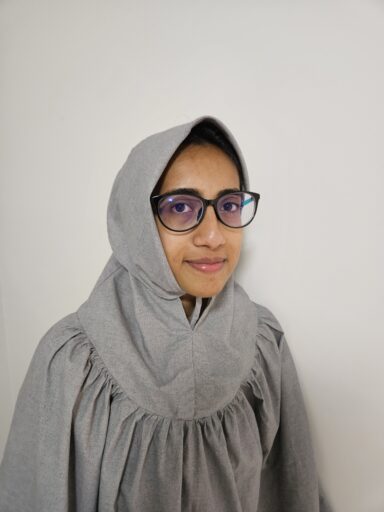PhD in Civil Engineering

I am a civil engineer currently pursuing PhD in Civil engineering at the University of Technology Sydney, focusing on structural health monitoring through deep learning computer vision. I hold a bachelor’s degree in civil engineering from National University of Sciences and Technology (NUST), Pakistan. My research aims to enhance infrastructure safety by integrating advanced computational techniques into traditional engineering practices.
RMIT University
Yancheng Li
Project title: Automated crack segmentation and quantification enabled by deep-learning computer vision
The proposed PhD research aims at an automated crack propagation estimation based on the crack morphology enabled by deep learning computer vision, in order to evaluate the structural capacity of the infrastructure. To achieve the goals, the research proposes a systematic approach for detecting and quantifying cracks at pixel-level using computer vision and deep learning algorithms, and then applying fracture mechanics to evaluate the in-service structural capacity and residual life by examining the fractural behaviour of concrete structural member against real-time crack morphology under loading.
My decision to undertake an industry-led research project in structural health monitoring (SHM) using deep learning stems from a desire to bridge the gap between academic research and practical applications. By collaborating with industry partners, I aim to develop solutions that address real-world challenges in infrastructure maintenance and safety. Integrating deep learning into SHM has the potential to enhance damage detection and evaluation, leading to more resilient and efficient infrastructure systems. This collaborative approach ensures that my research remains relevant and directly beneficial to current industry needs.
1. Propose a pixel-wise crack segmentation network using RGB and depth images
2. Achieve accurate crack quantification from the enriched segmentation mask
3. Establish a new RGB-D dataset containing RGB and depth images.
Upon completing my PhD, I aspire to continue advancing the field of structural health monitoring (SHM) by integrating deep learning techniques. I am particularly interested in pursuing a career that allows me to bridge the gap between academia and industry, focusing on the practical application of research to enhance infrastructure safety and resilience. This could involve a role in industry where I can implement innovative SHM solutions, or a research position that emphasises applied science and collaboration with industry partners. Ultimately, my goal is to contribute to the development of intelligent systems that proactively monitor and maintain critical structures, ensuring their longevity and reliability.
My research offers significant benefits to Australia’s built environment, particularly in the context of concrete infrastructure. By developing advanced, data-driven methods for early detection of structural issues, we can proactively address potential failures, thereby enhancing public safety and reducing maintenance costs. This approach not only extends the lifespan of critical structures but also promotes sustainable development by optimising resource allocation and minimizing environmental impact. Implementing such innovative SHM systems aligns with Australia’s commitment to maintaining resilient and efficient infrastructure networks.